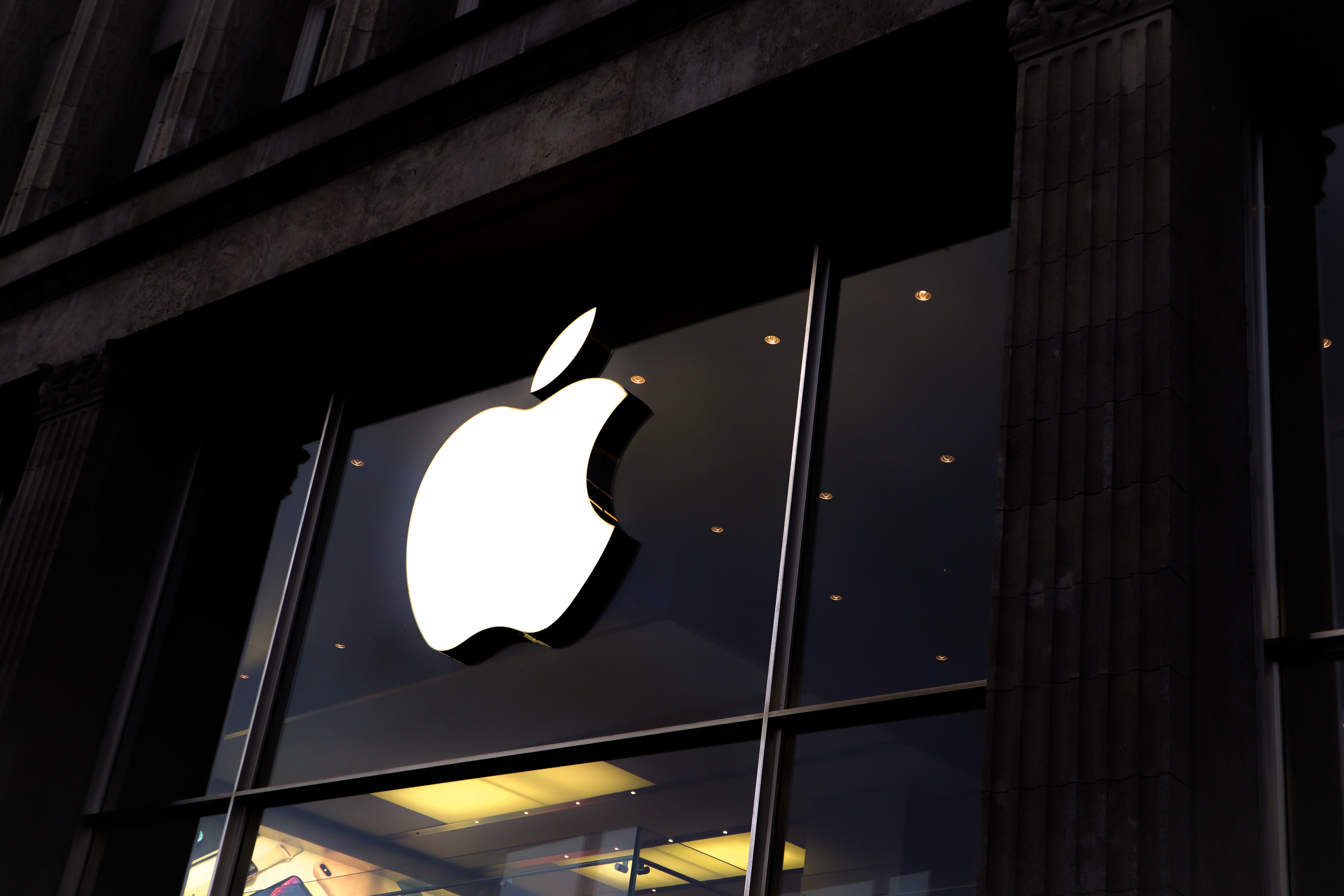The Consumer Price Index (CPI) shows that annual inflation has fallen for nine months straight, with grocery prices decreasing on a monthly basis for the first time since September 2020.
According to the Bureau of Labor Statistics, annual CPI increased by 5% in the 12 months ending in March, a decrease from the 6% recorded in February. This is the lowest rate of annual CPI since May 2021, aided by comparisons to a time when food and energy costs surged due to Russia's invasion of Ukraine.
Despite this, there was some monthly deceleration in the CPI, which monitors price fluctuations for various goods over time. From February, the index increased by 0.1%, as opposed to a previous increase of 0.4%.
The most significant contributor to the monthly rise was shelter costs, which counterbalanced steep declines in energy categories, as reported by the BLS. In March, the food at home index decreased by 0.3%, thanks to reduced prices for eggs (down almost 11%) and fruits and vegetables (a 1.3% decline). For the first time since November 2020, the broader food category remained unchanged (0%).
Refinitiv anticipated an annual increase of 5.2% and a monthly gain of 0.2%. Erik Lundh, principal economist at the Conference Board, said, “It’s a good print, but it’s not the end of the game, it’s not the end of the story. There’s more to come — hopefully, knock on wood — and we’re heading in the right direction.”
Excluding volatile food and energy components, core CPI increased by 0.4% in March, resulting in a 5.6% yearly growth rate. In February, core CPI rose 0.5% month on month and 5.5% year on year.
Sung Won Sohn, economist and president of SS Economics, observed that core inflation exceeded the central bank's 2% target and warned of more interest rate hikes.
The Federal Reserve is closely monitoring CPI as it battles inflation through monetary tightening and significant interest rate increases.
Last year's inflation surge contributed significantly to the 1 percentage point decline in headline CPI, the largest downward shift seen in over eight years.
Mark Zandi, chief economist of Moody’s Analytics, explained that base effects will make inflation feel more manageable in the coming months. However, core and "supercore" activity (core services minus housing) remain somewhat uncertain, according to Zandi. He expects improvement in the middle and latter half of the year when housing service costs begin to decelerate.
Shelter costs in the CPI tend to lag due to the BLS's data collection methods and infrequent rent changes. Private-sector data reveals falling apartment rents, which should eventually lead to a cooldown in shelter prices within the CPI.
Despite the March CPI trajectory, Lundh believes more rate hikes from the Fed are likely. The Fed's efforts have become more complicated with the recent collapse of two regional US banks, prompting the Fed, Treasury Department, and Federal Deposit Insurance Corporation to intervene.









